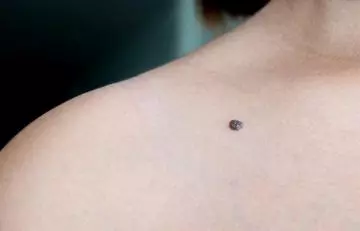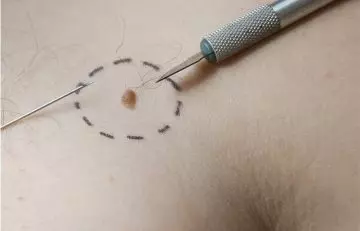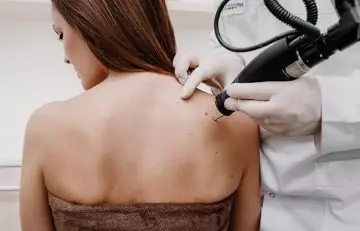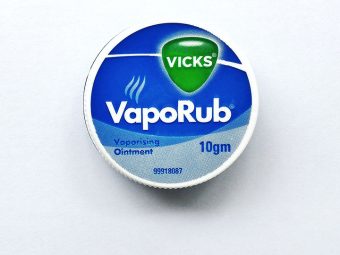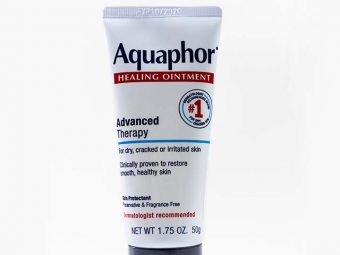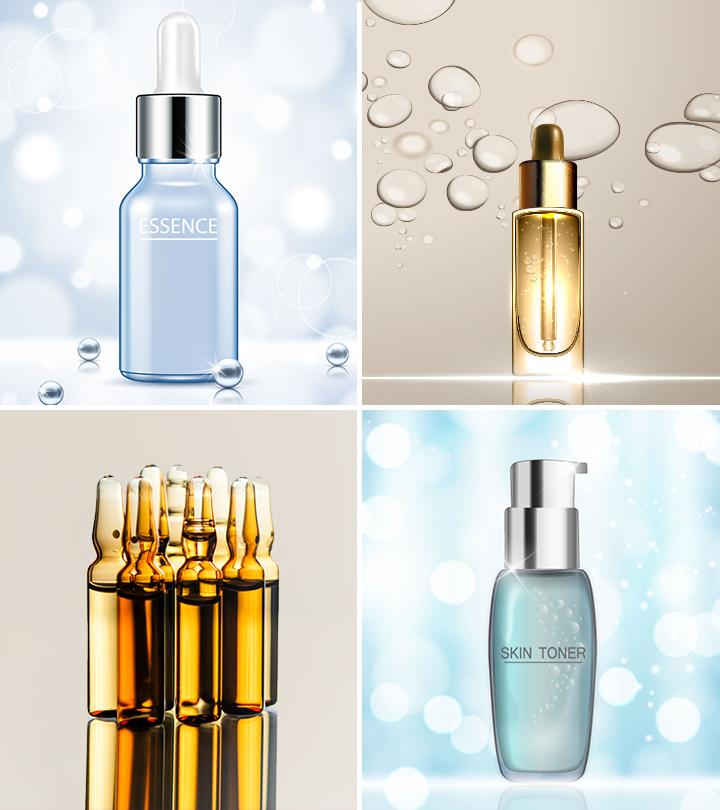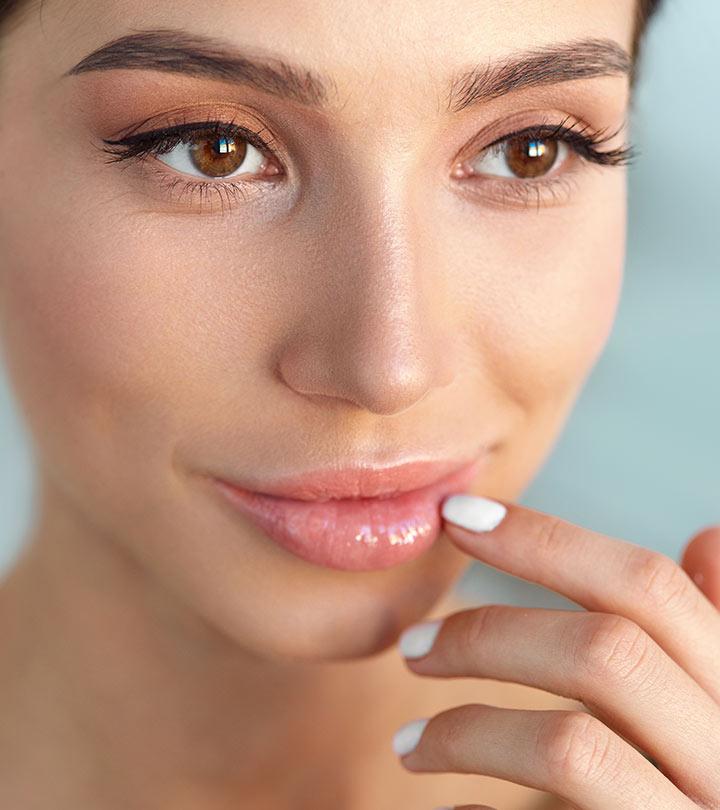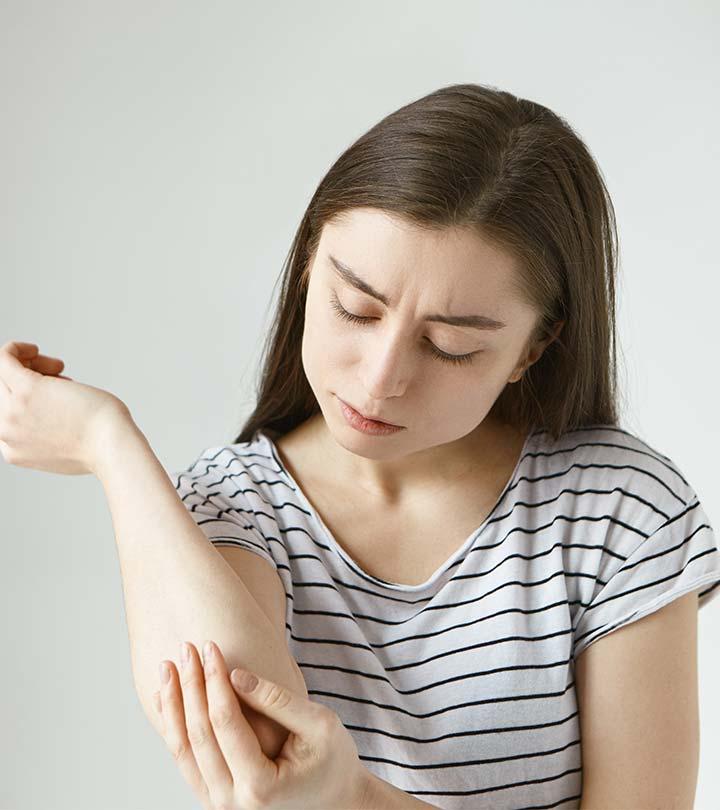8 Dangerous Myths About Moles And Suntan That Even Some Doctors Seem To Believe In

Image: Shutterstock
It’s impossible to find even a single person on this planet who doesn’t have a mole on their body or hasn’t experienced a suntan at least once in their lifetime. Although these two are considered to be mostly harmless, excess sun exposure and a change in the appearance of moles have been linked to skin cancer (1), (2). And that’s not the only widespread idea about suntans and moles. There are many more! In fact, these 2 skin issues are so heavily surrounded by myths that even doctors now believe in those misconceptions. We bust 8 of the most dangerous myths on suntans and moles for you:
1. Myth: Skin Cancer Affects The Face And Hands Most
Reality: You’ll obviously notice moles on your face and hands before anywhere else. But that doesn’t mean they’re cancerous! Statistics show that melanoma mostly affects women on their legs, while men on their backs (3). Besides, melanoma can also be a result of extreme sunburns and thereby can take place anywhere on your body (4). Moreover, your genes too play a role when it comes to melanoma (5).
2. Myth: Dark, Bumpy Or Huge Moles Are Dangerous
Reality: While it’s true that in its earliest stages, skin cancer can take the appearance of an innocent mole, that doesn’t mean every mole is cancerous – despite its size or appearance (6). That said, you’re only at risk of cancer if you have 50+ moles on your body. Usually, people with freckles or very light skin are at high risk (7), (8). As for mole-like spots in your eyes, they might not be cancerous but may indicate eye damage (9).
3. Myth: Doctors Only Remove Cancerous Moles
Reality: That is absolutely not true. Your doctor can remove any mole you ask them too, whether it’s cancerous or not (10). Reasons for mole removal can vary from discomfort to aesthetically problematic. So, for example, if you think you have a mole that mars your beauty, you can get a cosmetic surgeon to remove it for you and can be sure it’ll be a safe procedure. Make sure you send the sample of your mole for a histological study though, so that the risk of melanoma can be ruled out (11).
4. Myth: Mole Removal With A Scalpel Is Outdated
Reality: These days, laser removal of a mole has gained popularity. But even to this date, no other method of mole removal is as effective as that with a scalpel. The scalpel helps remove the mole entirely, thereby preventing potentially cancerous cells from spreading (12). For moles on your face, fingers or ears, radiofrequency surgery is carried out. In other cases, laser surgery or liquid nitrogen may also be used as treatment methods (13).
5. Myth: You Don’t Need Sunscreen If You’re Dark
Reality: It’s quite commonly believed that those with dark skin are less likely to experience sunburns and related conditions because their skin tone is a result of evolution. However, that’s not the case as dark-skinned individuals do not have a thick enough skin to block out the harmful effects of UV rays, even if they don’t appear visibly tanned (14). So, if your complexion is dusky, don’t skip the sunscreen. You still need it. And stay out of the sun as much as you can.
6. Myth: Rainy Or Cloudy Days Equal No Tan
Reality: Even if the sky is overcast with dark clouds, UV rays of the sun can still seep through them and harm your skin. That’s why you may get a tan even during the monsoon season (15). That said, the intensity of UV rays will be lower on cloudy days as compared to sunny ones. You can know about the intensity of UV rays on a particular day through any weather app as they present data on it.
7. Myth: Freckles From Birth Are Nothing To Worry About
Reality: The appearance of several freckles and moles on the body is a key characteristic of a condition known as dysplastic nevus syndrome (16). The moles caused by this syndrome can turn cancerous in nature later on life. If you have this syndrome, you should get your skin checked to know if you’re at high risk or not. Besides, freckles can also make you more susceptible to harmful UV rays (17). That said, birthmarks are usually harmless (18).
8. Myth: An Injured Mole Requires Immediate Removal
Reality: Removal is not necessary. Cleaning of the wound is the first step you should take if you happen to injure a mole. This prevents contamination. Next, you should treat the wound as per your doctor’s recommendation and then visit a dermatologist to see if it needs further treatment.
Believing myths can be harmful to your health. We hope this article cleared the air for you and helped you understand moles and suntans better.

